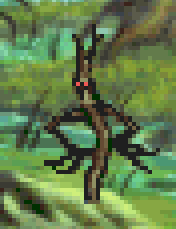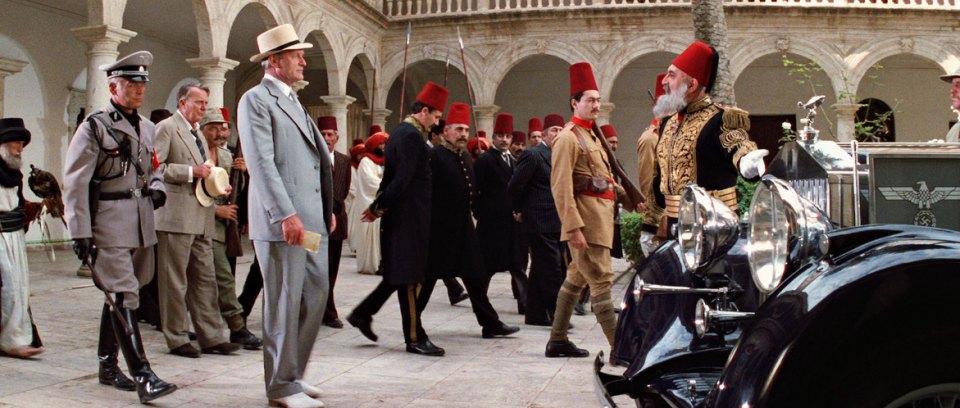so I'm experimenting with a little sound engine inside AGS and I'm not sure what I can do or not do.
- listing and iterating on the game's AudioClips? There's this but apparently it was never integrated in the main source branch? I think that's the most important thing.
On a side note, helios introduced a way to check which channel plays a given AudioClip, but Ithink it's kind of brokensince the same AudioClip can be played on several channels.
- listing and iterating on the game's AudioChannels? At least, knowing which are free or which are in use. (that's the least important of my requests though)
- listing and iterating on the game's AudioTypes? That I could do manually at game startup if I could iterate on the game's AudioClips. That would allow me to automaticlaly check that the right types have been set on the many, many sounds.
- listing and iterating on the game's AudioClips? There's this but apparently it was never integrated in the main source branch? I think that's the most important thing.
On a side note, helios introduced a way to check which channel plays a given AudioClip, but Ithink it's kind of brokensince the same AudioClip can be played on several channels.
- listing and iterating on the game's AudioChannels? At least, knowing which are free or which are in use. (that's the least important of my requests though)
- listing and iterating on the game's AudioTypes? That I could do manually at game startup if I could iterate on the game's AudioClips. That would allow me to automaticlaly check that the right types have been set on the many, many sounds.












 ) but I thought I'd share.
) but I thought I'd share.